The oldest building remaining in downtown Durham as of 2011, the Old Bull building remains an impressive structure after 130+ years. Its hard to overstate how impressive it must have been in the context of a still-small town full of small frame buildings.
Demand was booming when John Green died and William Blackwell purchased his interest in the Bull Durham company in 1869, renaming it the WT Blackwell Company. Blackwell needed add additional capital to meet that demand, and later that same year, he sold a 1/3 interest in the company to a 25 year old man from Chapel Hill - a UNC graduate and former Private in the Confederate army - named Julian (Shakespeare) Carr. This new capital allowed the partners to begin construction of a factory which would match their growth and ambition; this factory building (which would later be known as "Old Bull") was completed in 1874, the same year that Washington Duke moved to Durham, and 4 years before the W. Duke & Sons Tobacco Co. was established.
Looking southwest at the corner of present-day West Pettigrew and Blackwell Sts., sometime between 1874 and 1879.
(From "Bull City Business Bonanza" by Ben and Snow Roberts)
Looking southwest at the corner of present-day West Pettigrew and Blackwell Sts., sometime between 1874 and 1879.
(From "Bull City Business Bonanza" by Ben and Snow Roberts)
This L-shaped masonry Italianate structure was a revelation in 1870s Durham - which, the second drawing reveals, was a place of predeominantly small frame structures and muddy streets; it's hard to overstate what a bold structure this was in context; the first brick tobacco factory in the US, located in a tiny train depot town. The factory had a loud factory whistle which was purported to sound like a bull. In 1876, the Greensboro Patriot reported:
Blackwell, the Durham tobacco manufacturer, has had constructed for his factory an instrument after the style of the Calliope which imitates the bellowing of the bull with all its variations to a dot. It can be heard for miles, and as it sometimes exercises quite early in the morning, the effect on strangers who are not aware of the existence of an artificial bellower is remarkable. They think Durham has the longest winded and strongest lunged bovines in America and Blackwell enjoys it.
The architect is unknown
By 1879, business was so good that the factory building was expanded to the west with another L-shaped wing, such that the entire building was shaped like a squared "U."
Definitely the earliest photo I've seen of the Bull building - with the portraits atop the building still in place. Likely 1880s - by the 1890s, they were gone.
Old Bull, 1895.
(Courtesy Duke Manuscript Collection / Digital Durham )
A wider view - a lot of details differ here - although the position of the auction warehouse appears more accurate.
(Courtesy Duke Manuscript Collection - Wyatt Dixon Collection)
Factory, 1884
Factory, 1888
Factory, 1898
Some wood frame storage warehouses and the Reams Auction warehouse aside, Old Bull was the extent of the Blackwell Company prior to its absorption by Union Tobacco, then American Tobacco.
Tobacco industry booklet showing the exterior and interior of Old Bull.
Old Bull, looking southwest, 1905.
(Courtesy Duke Manuscript Collection / Digital Durham
The Golden Belt Manufacturing Company, formed in 1887, was originally located in the original "L" wing of the Old Bull Building before outgrowing the space and moving to the old Whitted factory in 1899 (now Venable) and to its own factory in Edgemont in 1901.
With the absorption into the American Tobacco Trust, the manufacturing facility expanded dramatically. The original building became known as "Old Bull" in reference to its centrality in the old Blackwell Bull Durham company. In 1903, the "U" shaped factory became a squared "O," with the construction of a wing enclosing the south side of the building.
Looking southwest, 1920s, at Old Bull
(Courtesy Duke Manuscript Collection / Digital Durham
(Courtesy Durham County Library)
Sometime between 1926 and 1937, and likely in 1930, the top two floors of the original 1874 wing were removed. There seems to have been a general push to remove floors of various industrial buildings in the 1930s and 1940s; the impetus isn't clear, although various people have stated confidently to me that it was due to fire codes and insurance costs, or a host of other reasons. Those don't really explain why only a portion of this building was shortened; I've heard stated that there was a fire in this building which gutted the top two floors, but I've seen no substantive evidence of that. It seems unlikely that the company would have substantially remodeled the exterior of the remaining two floors if that had been the case, but they did.
Looking southwest from the railroad tracks, 1940s.
(Courtesy the Herald-Sun)
1937 Sanborn map.
The uses depicted in the Sanborn map don't change between 1937 and 1950.
Looking southwest, late 1950s.
(Courtesy the Herald-Sun)
The complex, 1965, looking south.
(Courtesy Durham County Library)
The rather unfortunate decision was made in 1965 to cover the facade of Old Bull with pink metal. It's hard to even begin to channel the aesthetic at work here.
Preparing the facade for metal covering, looking southwest.
(Courtesy Durham County Library)
Fully metallic, 1965.
(Courtesy Durham County Library)
I believe the Old Bull Building was Durham's first structure to be placed on the National Register for Historic Places - in 1974.
Operations at the complex continued to wane over the course of the 1970s and 1980s. In 1987, the American Tobacco Company shut down operations in Durham and moved all remaining production to their plant in Reidsville. The Old Bull Building was abandoned.
In 2004, Capitol Broadcasting Company purchased the complex and began renovations of the southern portion. Old Bull and other northern buildings were to be part of a second phase. In 2005, Capitol partnered with Streuver Brothers, Eccles, and Rousse - of Baltimore, to build Phase II.
Work continued through 2005-2008.
Old Bull, October 2006.
Old Bull, September 2007.
Rebuilding the cornice on the east and north facades of Old Bull, December 2007.
Old Bull and the remainder of the campus, 03.23.08
Renovation of the Old Bull was beset with myriad problems, costing more than originally estimated, and complicated by a national collapse/retraction of SBER in 2008. Multiple liens were filed against the property/SBER by various contractors for non-payment. By mid-2008, 30 liens had been filed, totaling $1.3 million. By June of 2009, an auction was planned as a result of lawsuit filed by Code Electric Inc. as a result of $318,000 in unpaid work. Code Electric canceled the auction the week before it was to occur. By December of 2009, auction was threatened again.
The lender foreclosed on the SBER-controlled buildings in 2010. The lender, Capmark Financial Group, which underwent Chapter 11 in 2009, took control of the property in July of 2011, and announced that they were beginning plans to renovate uncompleted portions of the building, including 13,970 sf of commercial space, as well as residential space on the 4th and 5th floors of the building.
Although I'm sure Capitol would like to regain control of the Old Bull, the lender stated in July of 2011 that "the current ownership is not interested in selling. We are not entertaining any offers."
The completed portion of the building seems to be successful, and the troubles do not seem to affect the overall success of the campus.

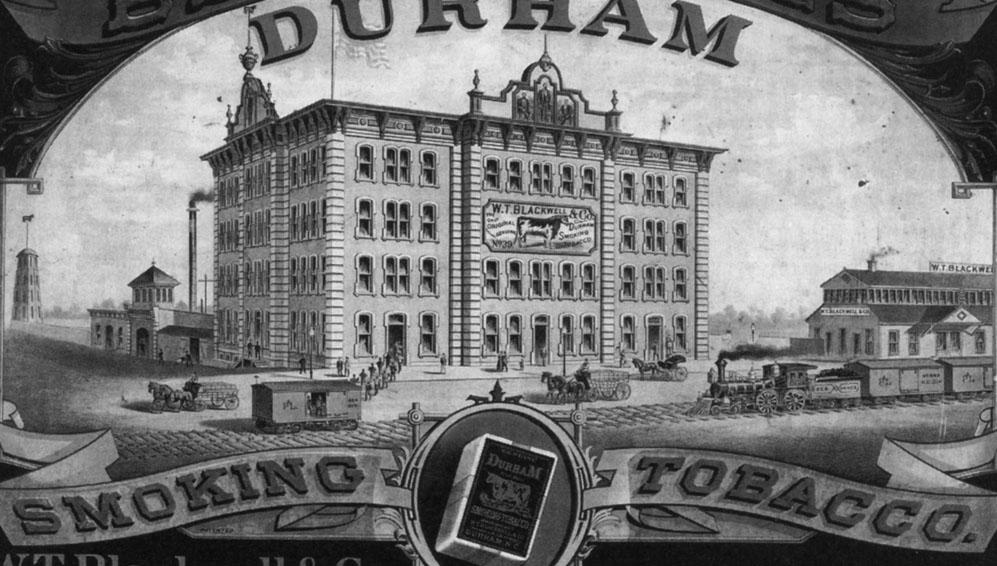

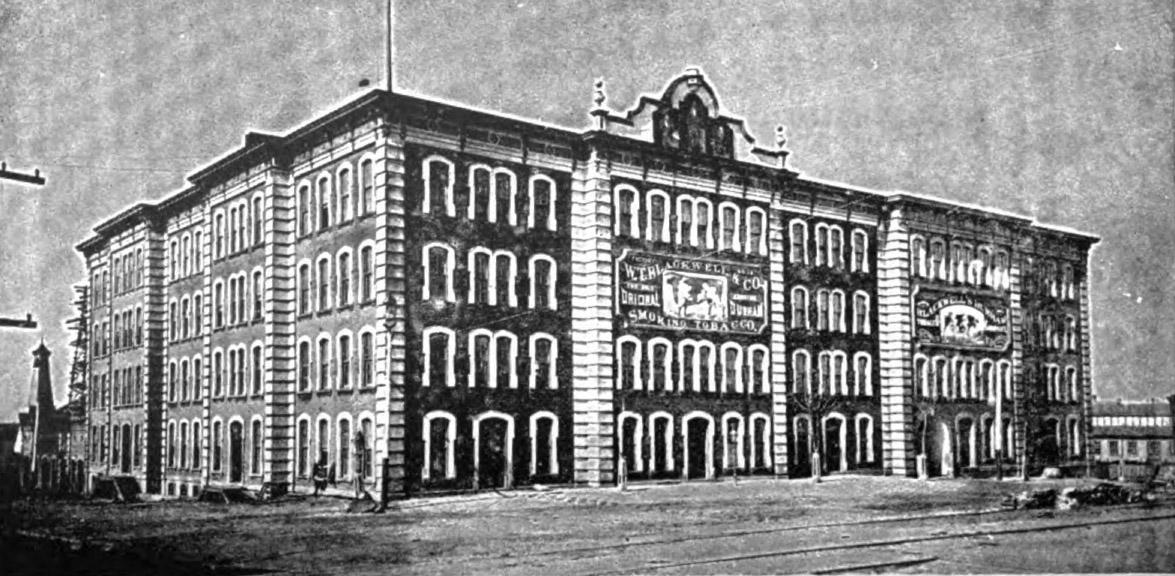
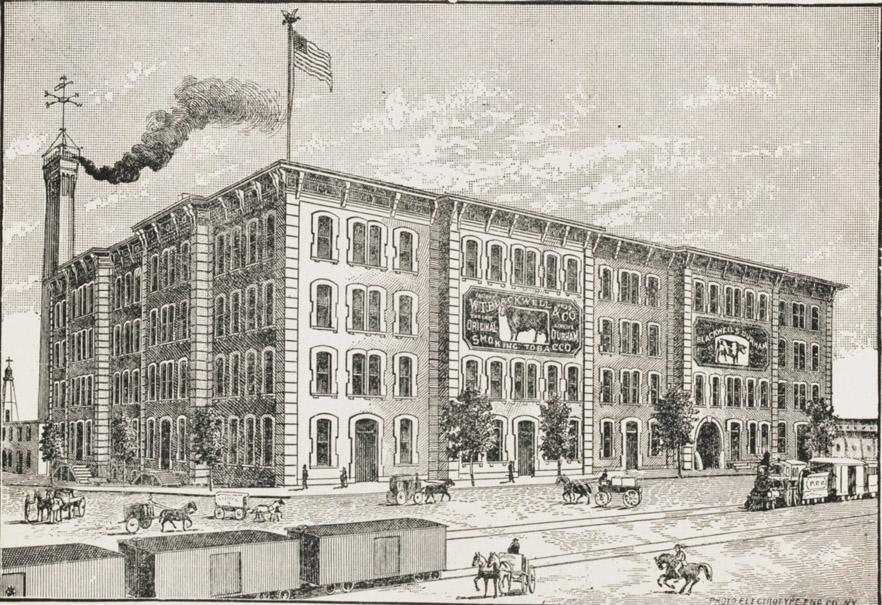
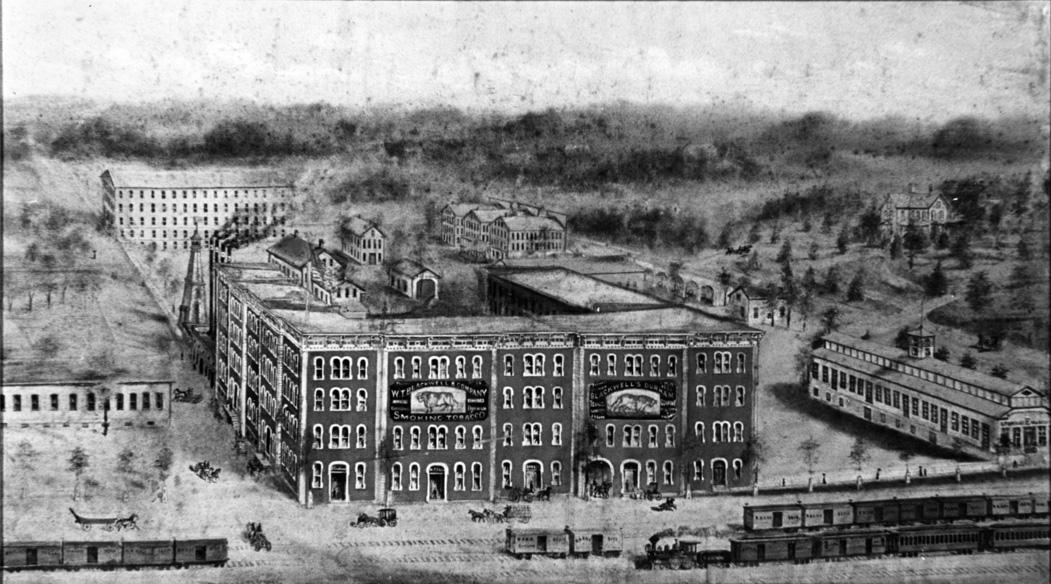
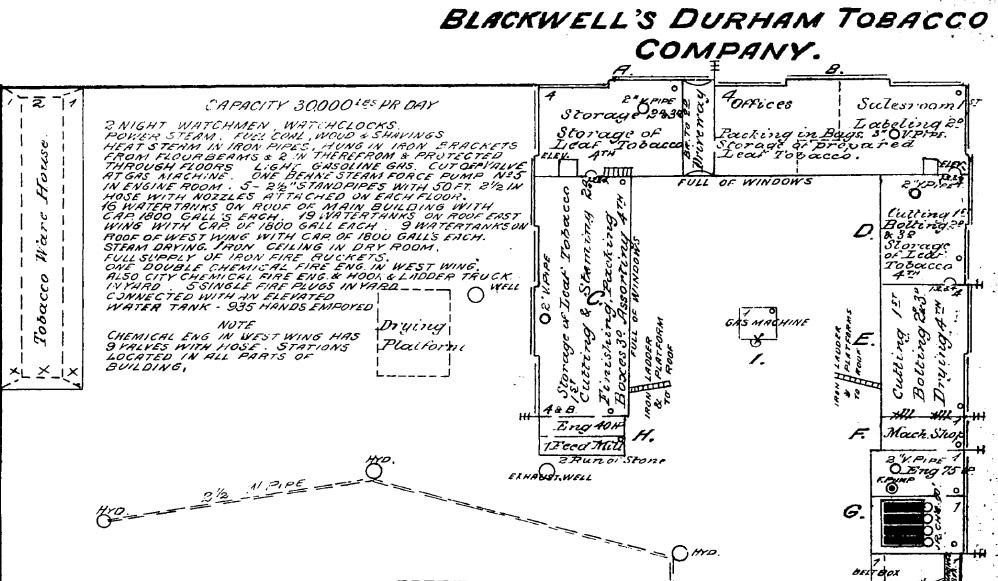
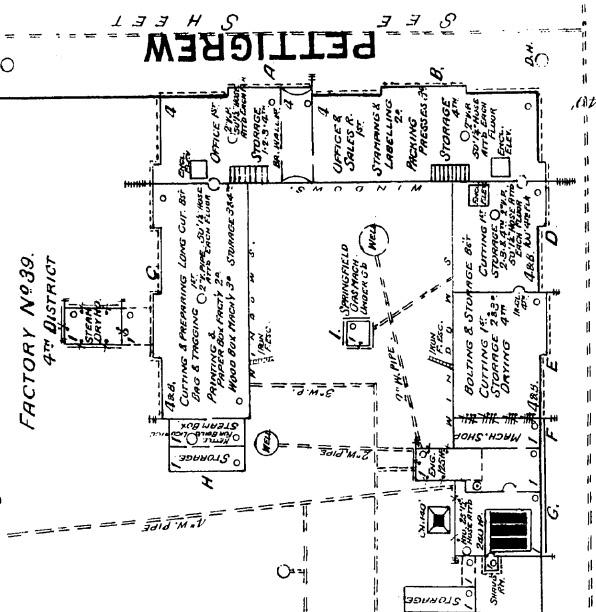
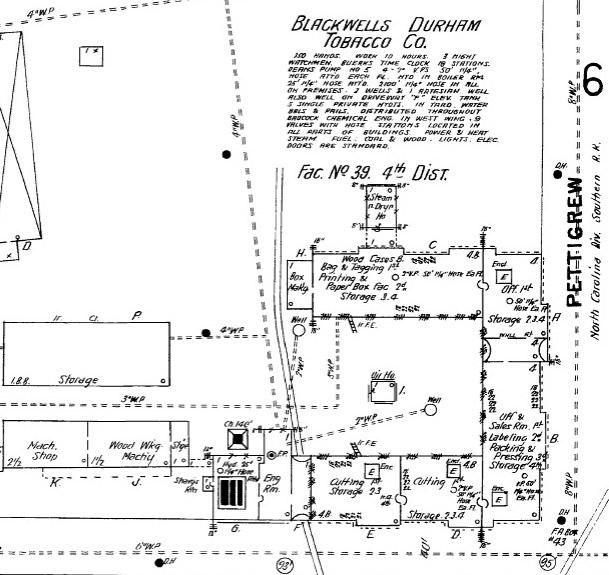
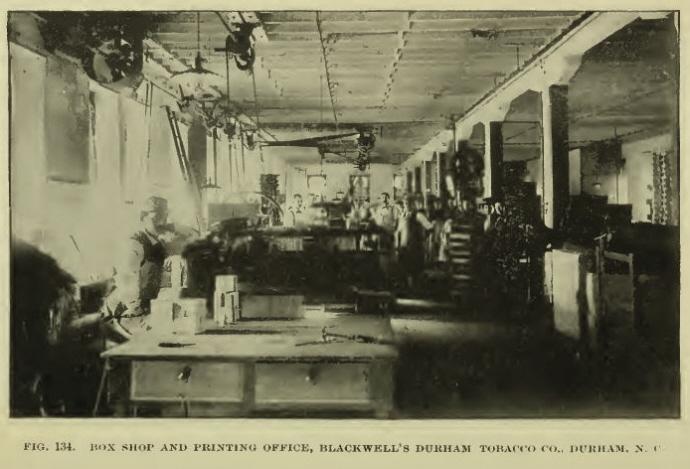
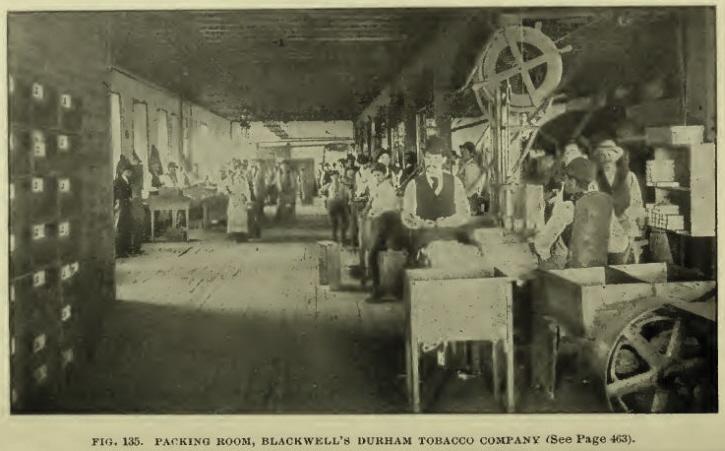
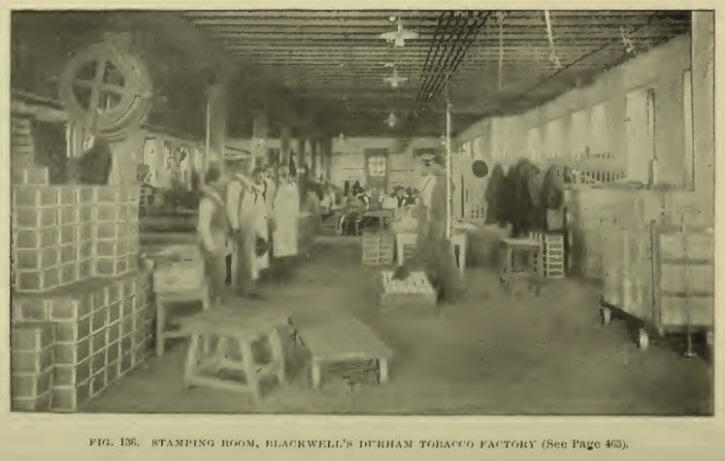
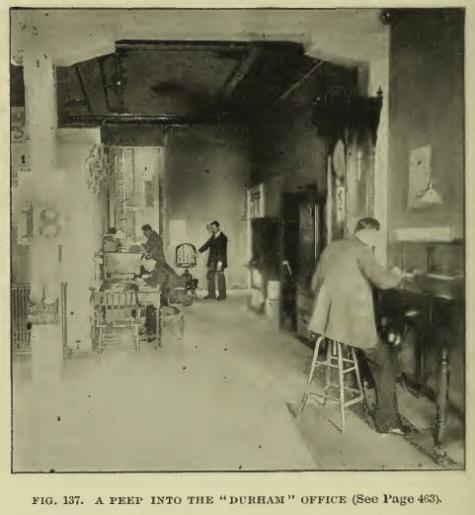
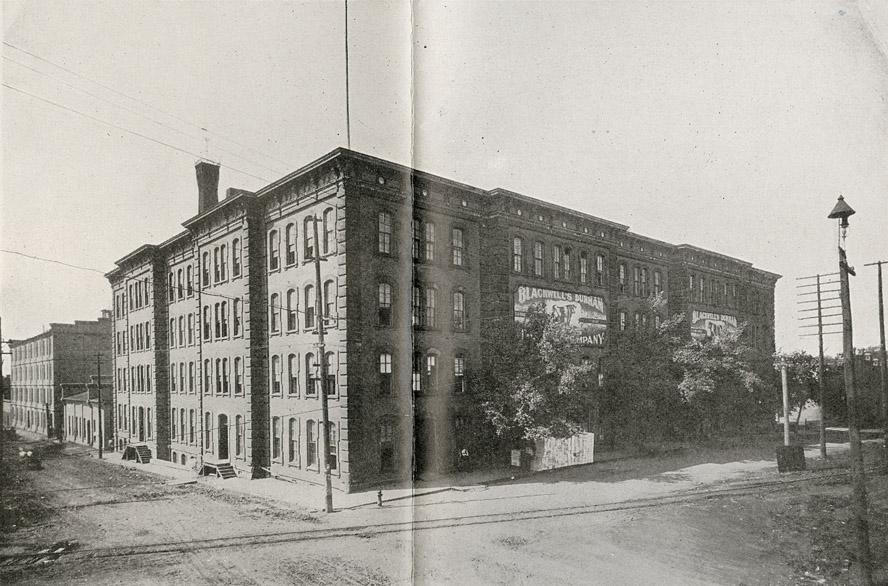
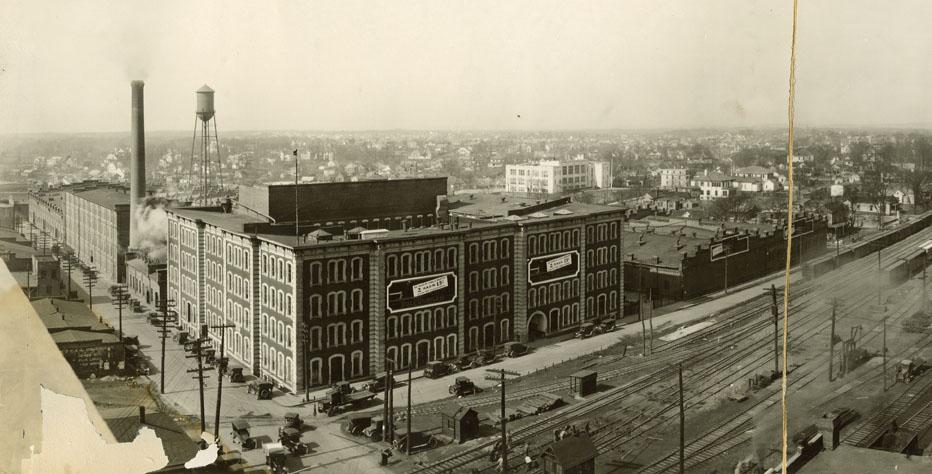
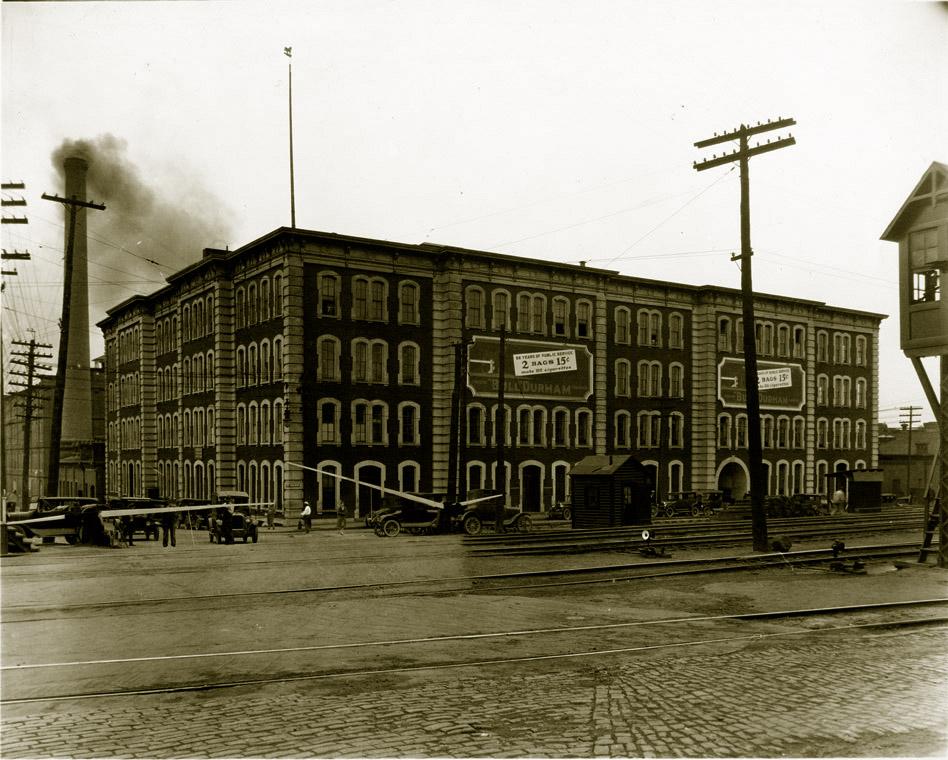
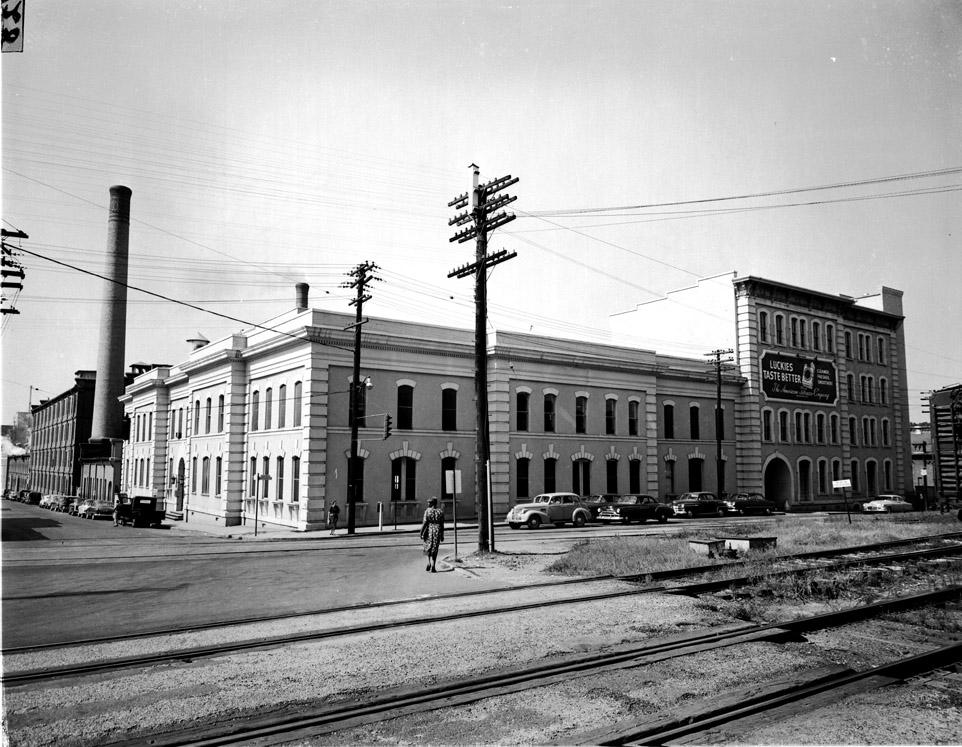
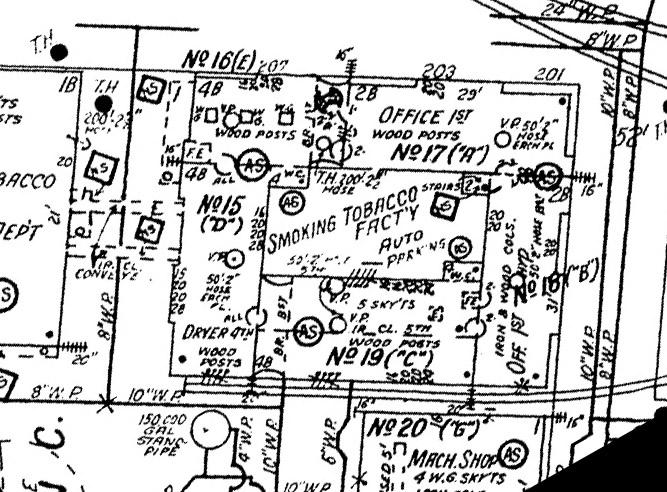
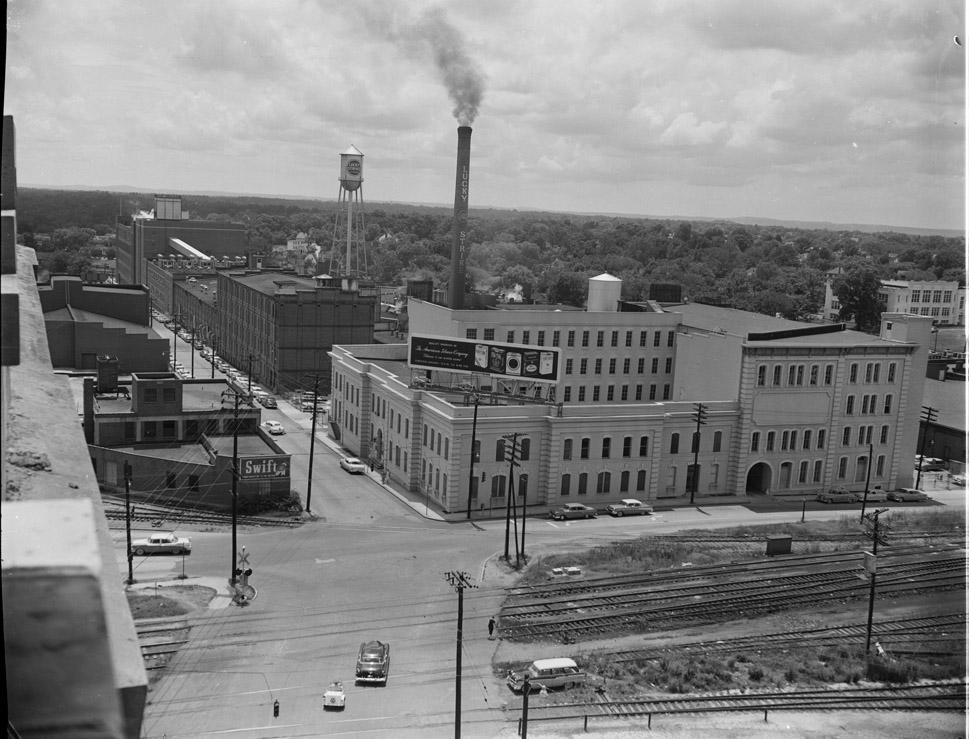
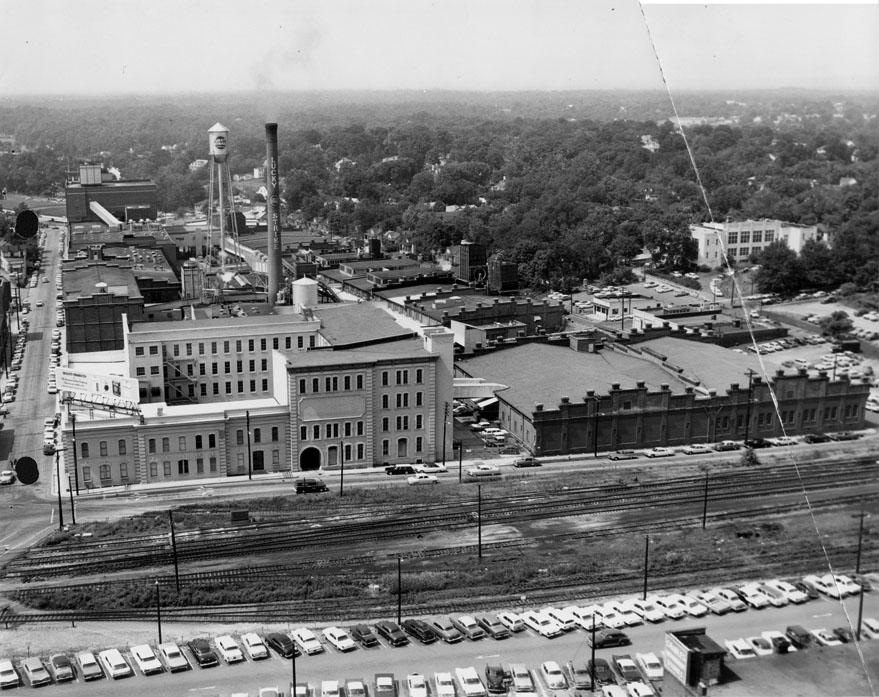
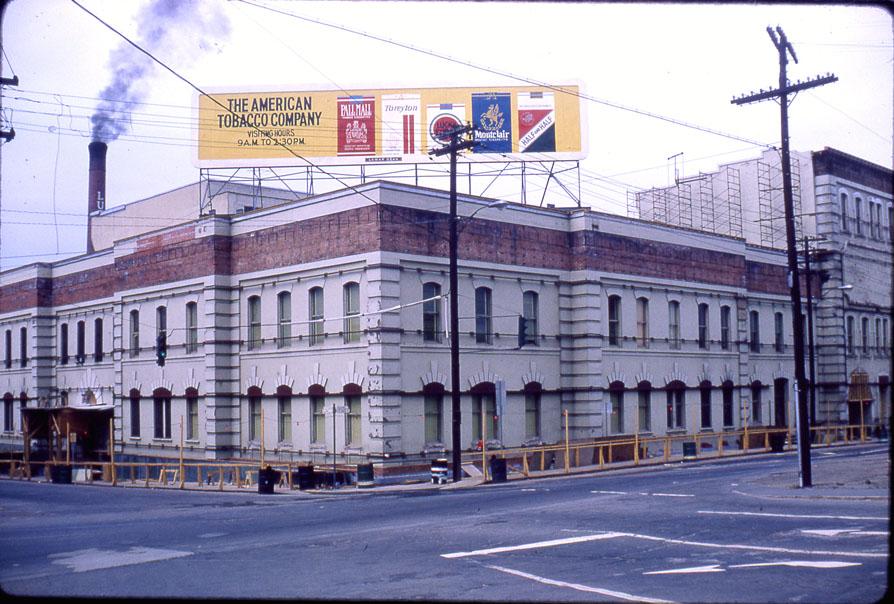
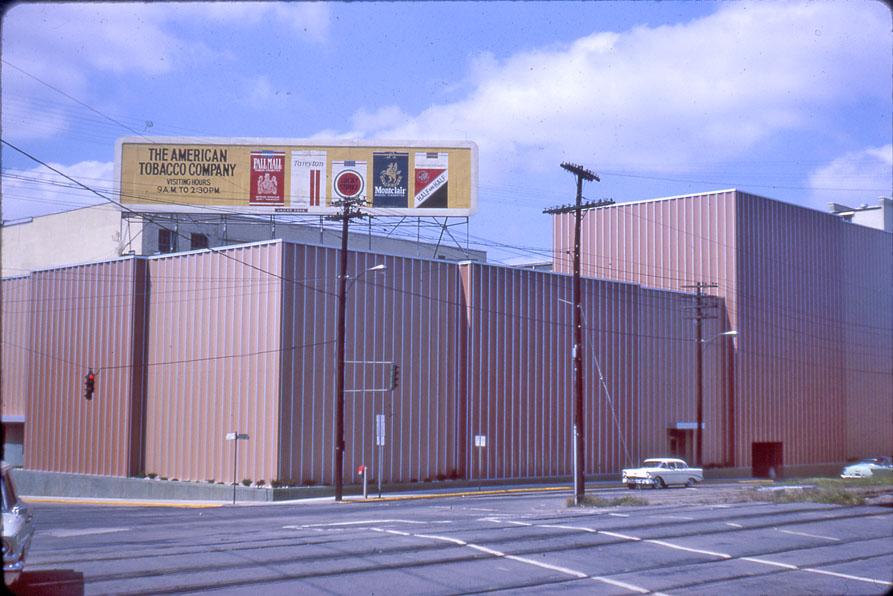
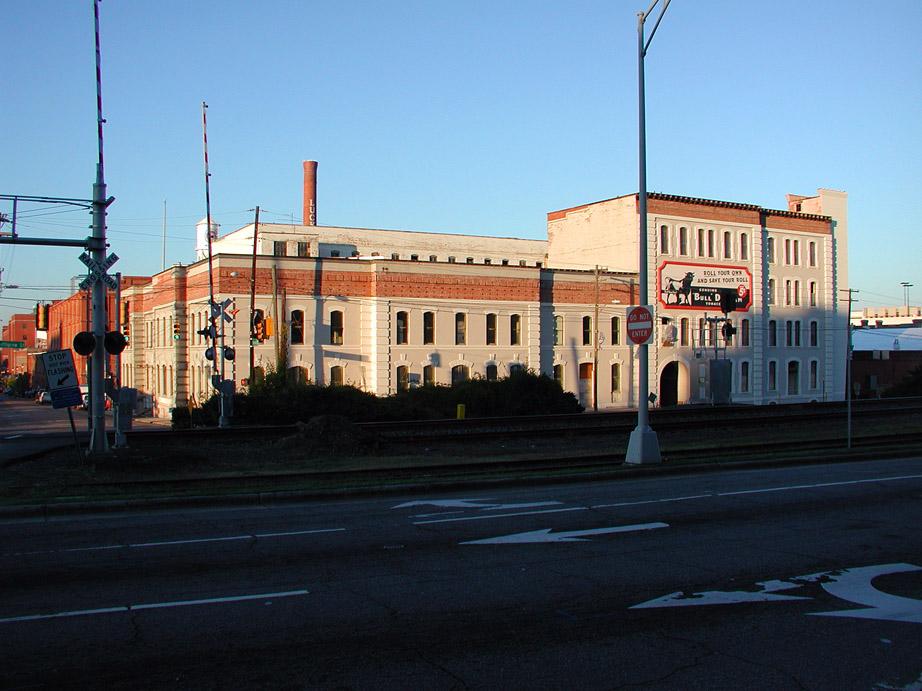
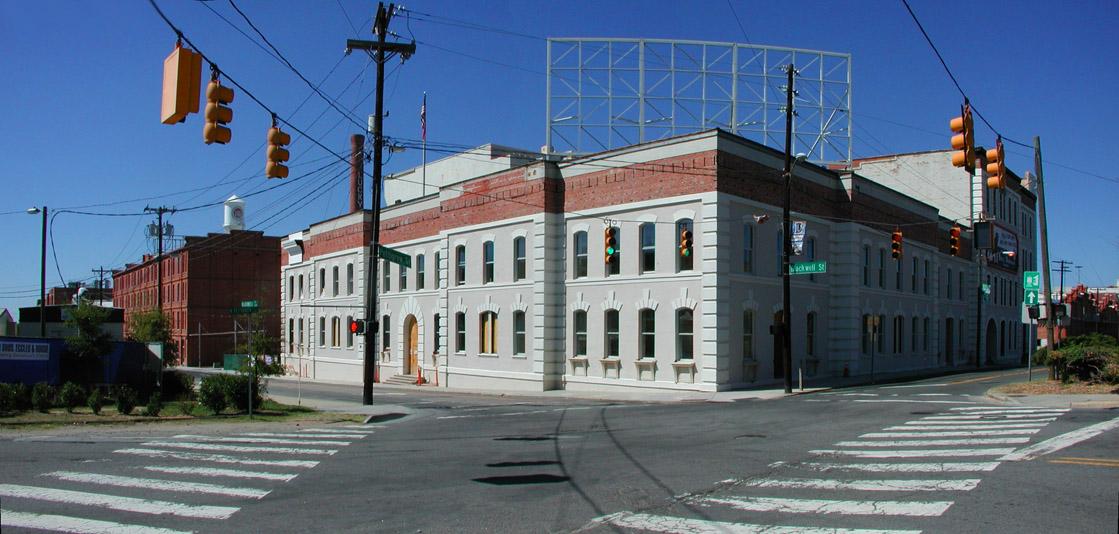
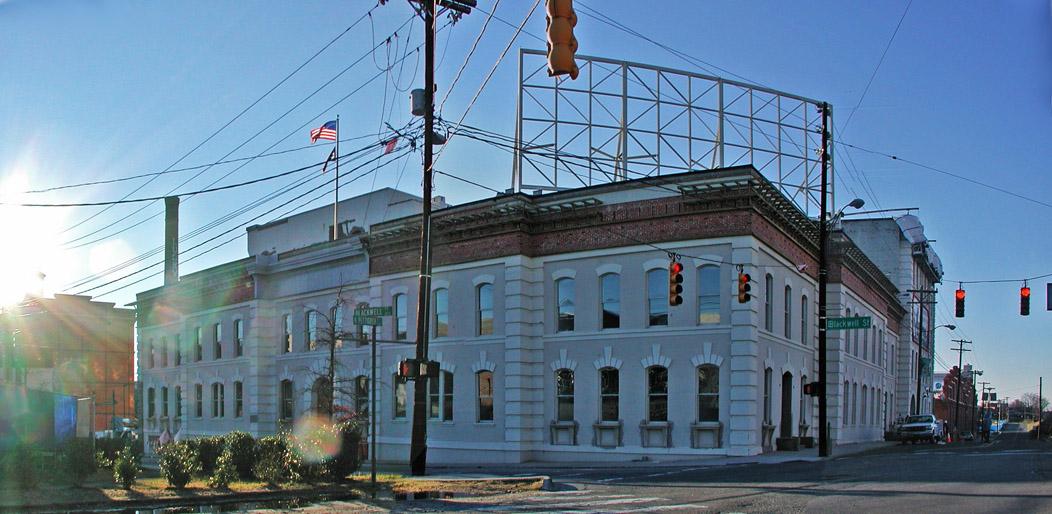

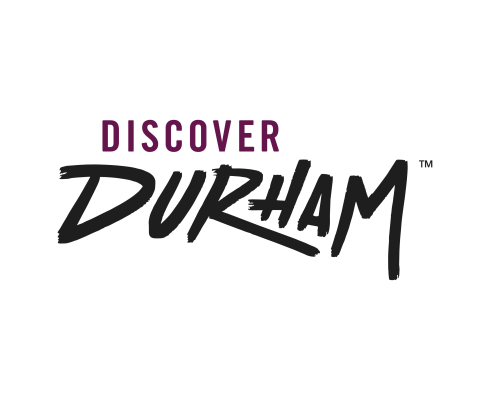
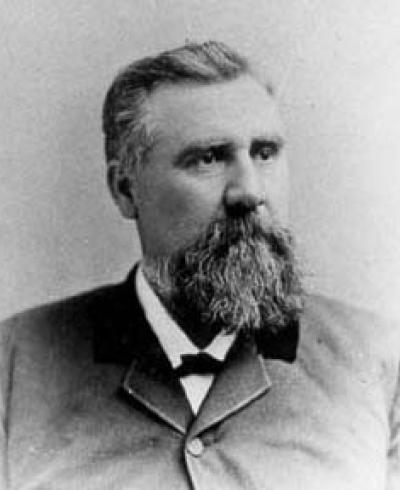
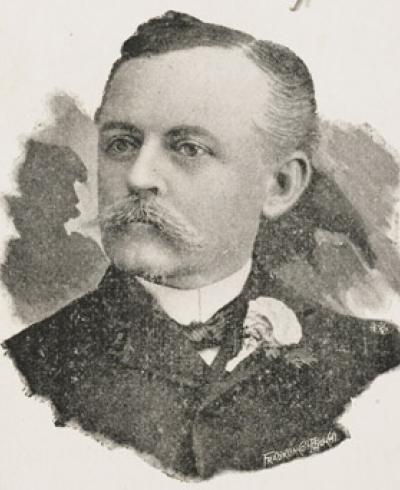


Comments
Submitted by Joe Chambliss (not verified) on Sun, 2/17/2013 - 7:21pm
I understand the financial woes to the original developer, SBER, but now that the "current owner", Capmark Financial Group, has survived the Great Recession and has tenants on the first two floors, what is the status of the top two floors? And what about fixing the Old Bull neon sign. The bright half lit sign glowing expresses that something is wrong with this landmark and only serves to underscore that the building/renovation is only half finished. Come on folks. Either fix it or sell it.
Submitted by Hal Goodtree (not verified) on Thu, 10/31/2013 - 4:31pm
Old Bull is back in the fold (along with the Noell Building). Both are now part of American Tobacco Campus. Work is set to resume on the top floors of Old Bull with new units coming on the market in 2014.
Thanks so much for the thorough history of this important building!
Add new comment
Log in or register to post comments.